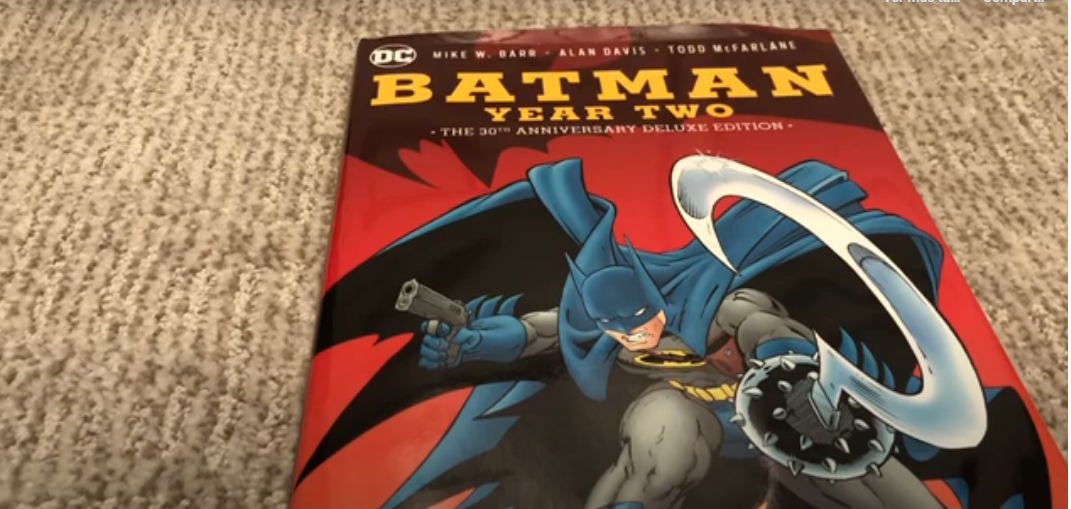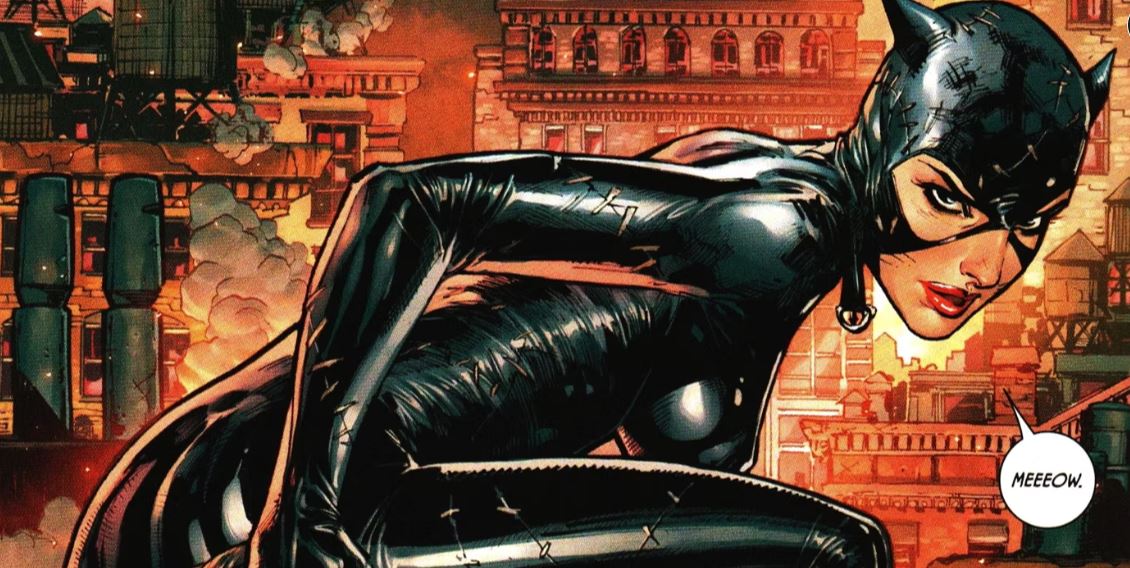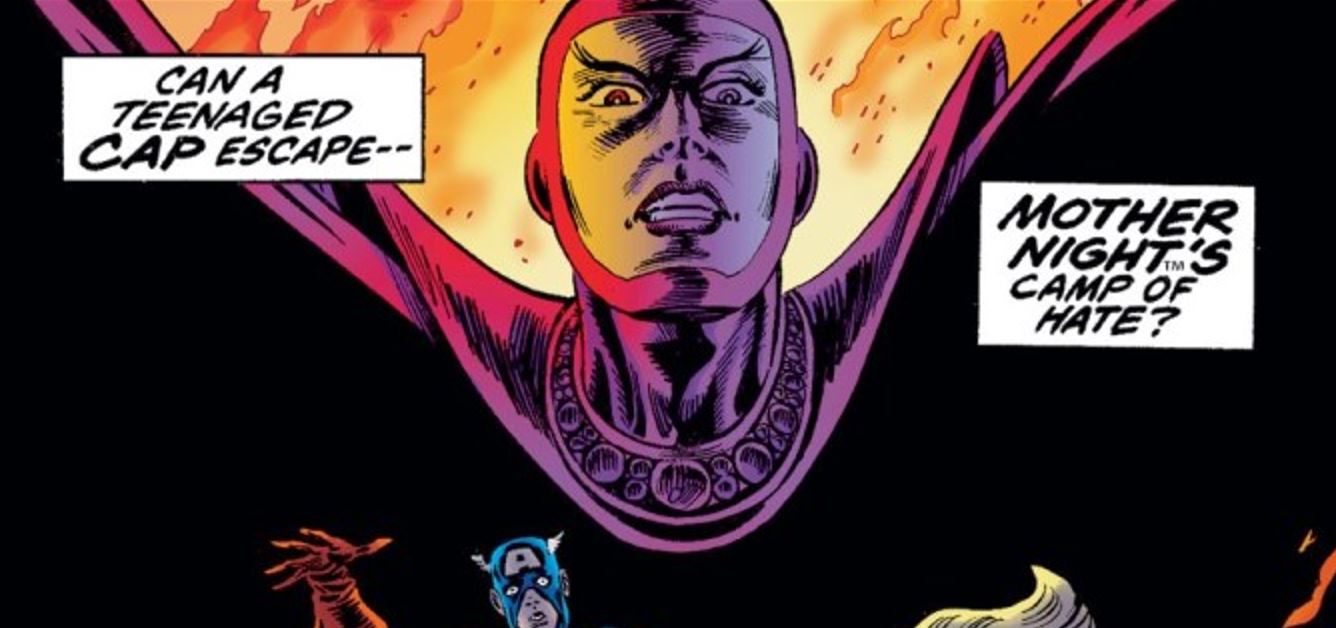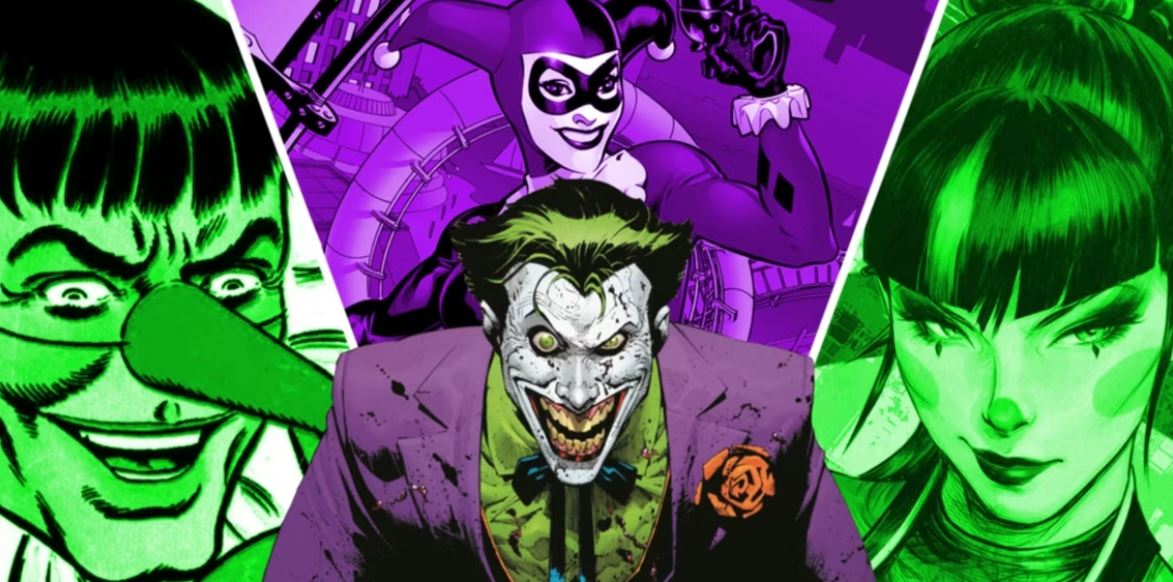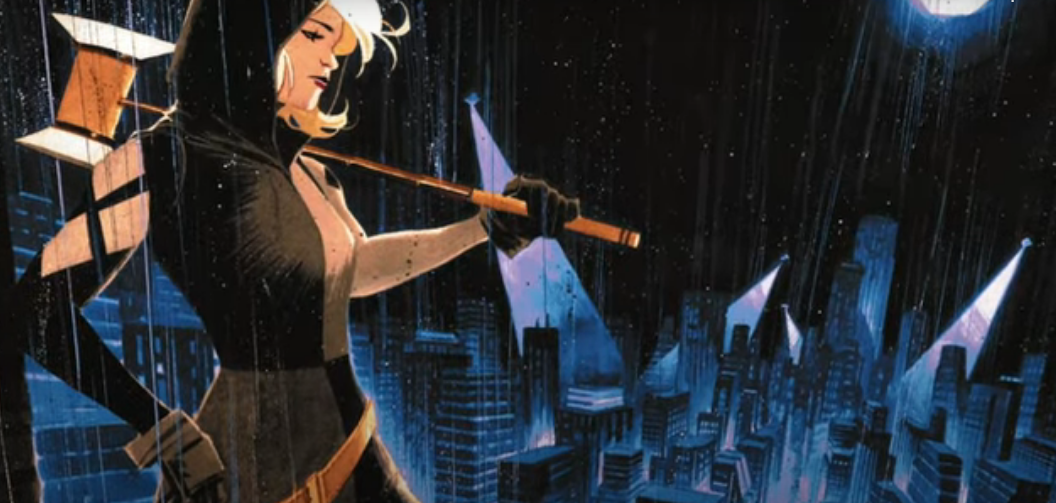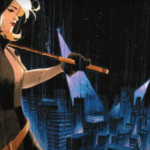Welcome to our new monthly feature, “This Month in Gotham,” where I, Matt Lazorwitz, your friendly Batmanologist, will discuss something Batman. Maybe it will be a look at the past month’s Batman comics. Maybe it will be a movie review. Maybe it will be a think piece. Who knows? I have a lot to say about Batman.
This month, we’re going back to a comic that technically came out the last Wednesday in May, but I read it on June 1, so I’m counting it.
“Detective Comics Annual” #2 introduced the Reaper into Rebirth continuity. The Reaper is a fairly minor Batman villain, but one I have an affection for, and seeing him again makes me think about one of the more interesting, and off-the-wall, stories of Batman’s past: “Batman: Year Two” from 1987’s “Detective Comics” #575-578.
“Batman: Year Two” came out on the heels of Frank Miller and David Mazzucchelli’s legendary “Batman: Year One,” although it was a story writer Mike W. Barr had planned to tell even before the changes made due to “Crisis on Infinite Earths.” It sees a young Batman facing down The Reaper, a vigilante from Gotham’s past (who later would be specifically said to have operated after the Golden Age Green Lantern retired but before Batman appeared) with a much more lethal streak. And when the Reaper defeats Batman in Part One of the story, Batman decides he must up his game, and so decides to take up a gun. But not just any gun – it’s the gun that killed his parents.
So, stop and take that in for a second. Batman, possibly the most anti-gun character in comics, is walking around packing heat. The fact that it’s the gun that killed his parents just makes it all the weirder. And to take things up to the next level and stop the Reaper, Batman decides he should strike an allegiance with Gotham’s underworld. OK, Batman has a history of teaming up with villains to stop a greater threat; I can think of at least two issues of “The Brave and the Bold” where Batman teams up with the Joker. But guess who the mob bosses pick as Batman’s partner? Joe Chill, the guy who killed Thomas and Martha Wayne!
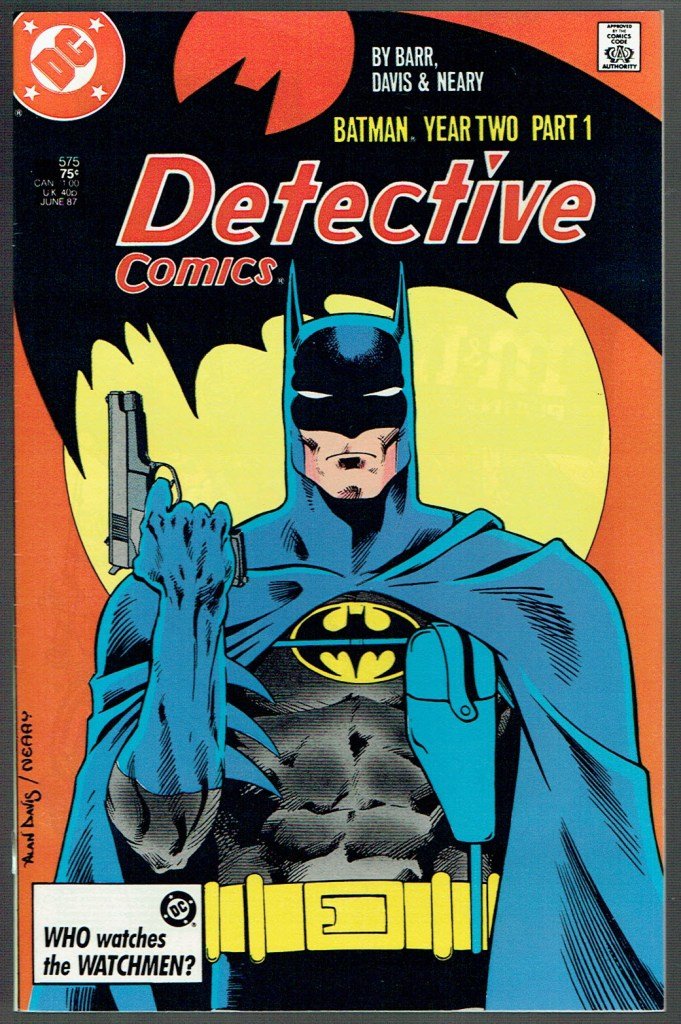
So, yes, “Batman: Year Two” is bonkers. And I know plenty of readers have issues with it. But I’m not one of them. I love this story. Because while there’s all the stuff I just wrote about, there are a lot of great character moments, too. Batman, while acting wildly out of character, is at least consistent over the story. This is a young Batman who is still finding his feet, and for the first time has been truly defeated. This is in character for Miller’s haunted young Batman, and Barr does address Bruce’s doubts about using a gun, and deals with his rage at working with Chill and whether Bruce can take a life.
The story introduces two characters to Bruce’s life who were new to the mythos: Judson Caspian, a wealthy member of Gotham society who has recently returned after years in Europe, and his daughter Rachel, an aspiring nun who does charity work with Bruce’s surrogate mother figure, Leslie Thompkins. It is immediately clear that Judson is the Reaper, who chose to become a vigilante after his wife was murdered. Rachel quickly becomes Bruce’s love interest, and her gentle nature makes him doubt whether he should stay Batman, thinking that once the Reaper is defeated and he has avenged himself upon Chill, he might retire.
I mentioned Leslie Thompkins in the above paragraph, and this is one of the stories, along with “Detective Comics” #574 before this, that redefined Leslie as the character readers knew in the ’90s and ’00s, when she was an integral part of the Bat family. When first introduced, Leslie was an aging, pacifist social worker. While this Leslie still has a nonviolent world view, she is a doctor rather than a social worker, and younger, spryer and more confrontational with Bruce about his violence. She knows his secret identity, and these stories establish that she helped raise Bruce alongside Alfred, rather than just being the person who comforted him the night the Waynes were killed.
I’m going to spoil the end of “Batman: Year Two” now, so if you don’t want to know, skip to the next paragraph. In the end, Bruce confronts Chill and unmasks, holding the gun Chill used to kill the Waynes to Chill’s head. He threatens Chill, but the Reaper appears and takes the shot instead, killing Chill and leading Bruce on a chase before the Reaper says he needed to be sure Batman could be as ruthless as he was to protect Gotham, and commits suicide by throwing himself off the top of the under-construction Wayne Foundation building. Bruce, still unsure whether he would have killed Chill, but knowing he shouldn’t have, leaves the gun in the hollow cornerstone of the building, and walks off. Rachel, who had decided to leave the nunnery to marry Bruce, instead chooses to return, to atone for her father’s crimes as the Reaper. So, despite all the craziness of the early part of the story, Bruce comes to the decision that he will be the Batman we know, the one who respects all human life. Yes, it’s weird, and the logic sort of jumps all over the place, but it’s so fun and wild that you can live with it, especially if you treat it as only tangentially related to canon.
I am a huge fan of Barr’s writing, both on Batman and his creator-owned, play-fair mystery series “Maze Agency,” but “Batman: Year Two” is possibly better regarded for its art. The first issue is drawn by Barr’s “Detective” collaborator, Alan Davis. Davis, probably best known for his work with Chris Claremont and then as writer/artist on “Excalibur,” draws a magnificent Batman — tall, muscular but not over-muscled like Miller’s. And his design for the Reaper is very cool, clearly a product of the grim-and-gritty late ’80s, covered in red leather and a huge cloak, with a skull face and scythes with guns built into them covering his hands.
But, according to an interview in Back Issue #73, due to issues with editorial, Davis left the book after Part One, and a young upstart named Todd McFarlane came on to finish the arc. Still a year out from his career-making run on “Amazing Spider-Man,” this isn’t quite the McFarlane that would be a superstar, but hints of it are there. Batman’s cape has a life of its own, the Reaper is a menacing shadow and McFarlance embraces the gore the Reaper dishes out in a way Davis never would have.
Aside from really enjoying this story, there’s another element to it that makes it stand out. Let me strip away some of the details and lay out some bare bones: A vigilante killing criminals dressed in a grim reaper-inspired costume. A young Batman. A love interest who makes Batman doubt his mission, who has recently returned from years away in Europe. I have looked for an interview that confirms this, and I haven’t found one, but it can’t be a coincidence that “Year Two” features so many similarities to the greatest Batman film of all time, “Batman: Mask of the Phantasm.” The film takes some of the building blocks, strips away the problematic elements, gives its female lead real agency and more personality, and produces one of the best Batman stories of all time, and a Batman movie that is, you know, actually about Batman, which is not as common as one would think.
So that’s “Batman: Year Two.” With an all-new Reaper back, one tied to the original (something I won’t spoil here, since the comic is only a month old), it was fun to look back on this early tale of Batman. And hey, at least it’s better than “Batman: Year Three.” Now that’s a story I might have to come back to. But that’s for another time. Goodbye from Gotham, folks. I’ll see you again next month, same Bat time, same Bat website.
Related Post:
[the-post-grid id=”2469″ title=”Batman Year 2 A Look Back”]

